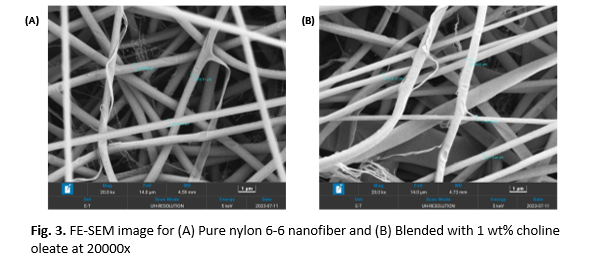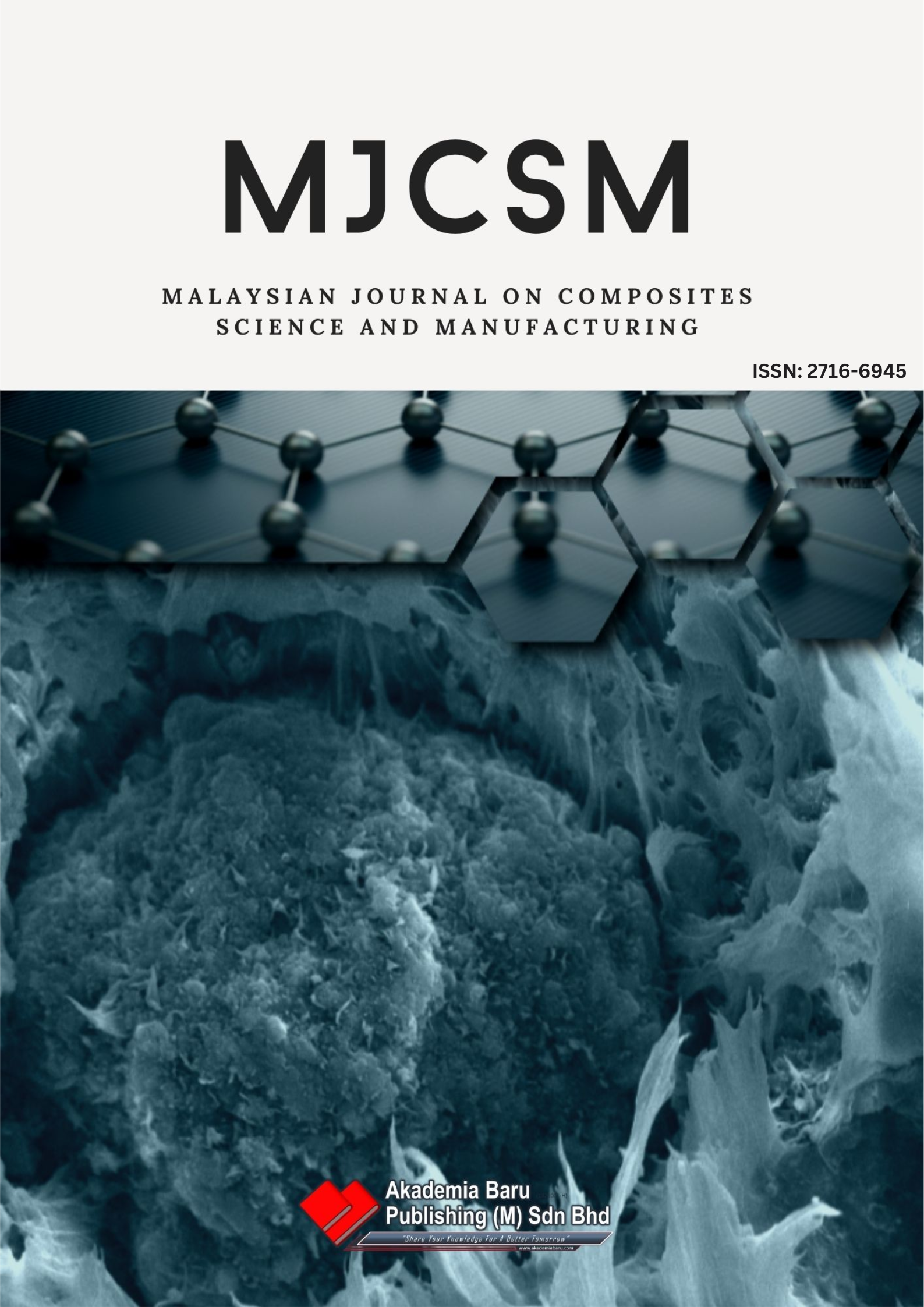Rare Earth Elements Adsorption Using Electrospun Nanofiber of Blended Nylon 6-6 and Choline Ionic Liquid from Aqueous Solution
DOI:
https://doi.org/10.37934/mjcsm.16.1.212223Keywords:
Rare earth elements, amino-based ionic liquids, electrospinning, adsorptionAbstract
Rare earth elements are among the critical components that are essential to many sectors, especially the production of advanced products. These rare earth elements are now heavily dependent upon by large worldwide enterprises. There have been accounts of separating rare earth elements using diverse adsorbents, including functional polymer compounds, resins, biomaterials, and inorganic nanoparticles. Nevertheless, these materials often encounter constraints related to low adsorption capacity or the risk of causing secondary pollution. This study applied the electrospinning method for making and characterizing nanofibers and enhanced the adsorption of rare earth elements from aqueous solution with nylon 6,6 polymer and choline oleate mix. When compared to pure nylon 6,6 nanofibers, the electrospun nanofibers showed altered morphological characteristics, pore size, and diameter. The effective integration of choline oleate was validated by FTIR spectra, which showed that the functional groups in pure and blended nanofibers were comparable. Adsorption tests revealed that the mixed nanofiber exhibited a higher capacity for adsorbing rare earth elements compared to the pure nanofiber, reaching 295.66 mg/g for the mixed nanofiber and 16.17 mg/g after 24 hours. This improvement was ascribed to the blending-induced addition of functional groups, which promoted stable chelate connections between surface groups and REE ions. The study underscores the potential of choline oleate-blended nylon 6,6 nanofibers as effective adsorbents for REEs, emphasizing the importance of surface modification for improved adsorption performance.Downloads












